Indian cricketer Suryakumar Yadav recently underwent surgery in Europe to address a sports hernia. The 34-year-old athlete shared an update on his Instagram, stating, "Life Update : Underwent surgery for a sports hernia in the lower right abdomen. Grateful to share that after a smooth surgery, I’m already on the road to recovery. Can’t wait to be back." But what exactly is a sports hernia, and how does it differ from a regular hernia? Let's delve into the details.
A sports hernia, also known as athletic pubalgia, is a painful injury affecting the soft tissues in the lower abdomen or groin area. Unlike a traditional hernia, a sports hernia doesn't present as a visible bulge. Instead, it involves a tear or strain of muscles, tendons, or ligaments in the groin region, leading to persistent pain that intensifies with sudden movements.
Sports hernias commonly affect athletes like Suryakumar Yadav who participate in sports requiring rapid changes in direction, twisting motions, or intense, forceful movements. These activities can include batting, fielding, soccer, football, hockey, and wrestling.
Unlike a traditional inguinal hernia, where an organ or tissue protrudes through a weakened muscle resulting in a visible lump, a sports hernia involves a tear or weakness in the muscles or tendons without any visible bulge. This characteristic can make sports hernias challenging to diagnose, yet they cause considerable pain and discomfort, especially during physical exertion.
The primary symptom of a sports hernia is pain in the groin or lower abdomen. This pain may appear abruptly at the time of injury or develop gradually over time with repetitive movements. Key symptoms to watch out for include:

A visual representation of the groin area where sports hernias typically occur.
Due to the absence of a bulge and the pain's spread across a broad area, pinpointing the exact location of the hernia can be difficult. The pain from the injury can also lead to stiffness and soreness after sports or exercise, making it challenging to continue physical activities.
Sports hernias arise from repetitive movements that strain the muscles and tendons in the lower abdomen and groin. The injury occurs when these soft tissues are stretched or torn due to sudden twisting of the pelvis.
Treatment for a sports hernia varies depending on the severity of the injury. Available options include:
Avoiding activities that exacerbate pain, particularly twisting and sudden movements, aids in tissue healing, although this process can be lengthy.

Rehabilitation exercises can help strengthen muscles and promote healing after a sports hernia.
A structured rehabilitation program focuses on strengthening the abdominal and hip muscles, enhancing flexibility, and correcting muscle imbalances. Physical therapy is often the initial course of treatment.
Nonsteroidal anti-inflammatory drugs (NSAIDs) can help alleviate pain and inflammation, although they do not address the underlying issue.
If symptoms persist, surgery may be necessary to repair the torn tissues. Surgical options include repairing or reinforcing the damaged tendons and muscles around the pubic bone. Surgery typically results in a favorable recovery and a gradual return to sports.
Newer articles
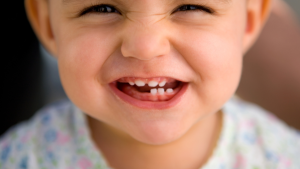 Vitamin D Could Slash Tooth Decay Risk by 50%, Study Suggests
Vitamin D Could Slash Tooth Decay Risk by 50%, Study Suggests
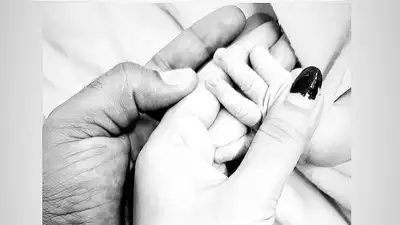 Indian Cricket Star Mukesh Kumar and Wife Divya Singh Announce Birth of Son
Indian Cricket Star Mukesh Kumar and Wife Divya Singh Announce Birth of Son
 Shubman Gill's Captaincy Under Fire: Bold Calls Needed After England Test Defeat
Shubman Gill's Captaincy Under Fire: Bold Calls Needed After England Test Defeat
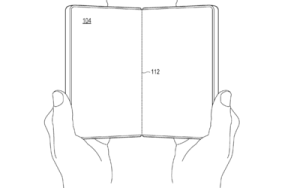 Microsoft Aims for Foldable Redemption with Novel Hinge Design to Rival iPhone and Android
Microsoft Aims for Foldable Redemption with Novel Hinge Design to Rival iPhone and Android
 Popular Finance YouTuber's Account Hacked, Bitcoin Scam Promoted: Security Lessons Learned
Popular Finance YouTuber's Account Hacked, Bitcoin Scam Promoted: Security Lessons Learned
 Hollywood's Love Affair with India: Iconic Film Locations Revealed
Hollywood's Love Affair with India: Iconic Film Locations Revealed
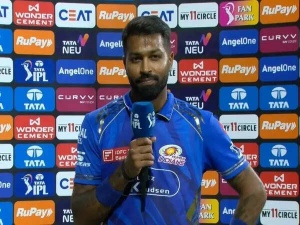 Esha Gupta Breaks Silence on Hardik Pandya Romance Rumors: 'We Were Just Talking'
Esha Gupta Breaks Silence on Hardik Pandya Romance Rumors: 'We Were Just Talking'
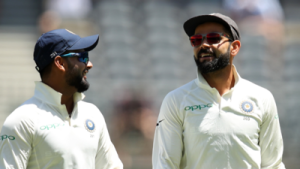 Rishabh Pant Aims to Surpass Virat Kohli in Test Century Tally During England Series
Rishabh Pant Aims to Surpass Virat Kohli in Test Century Tally During England Series
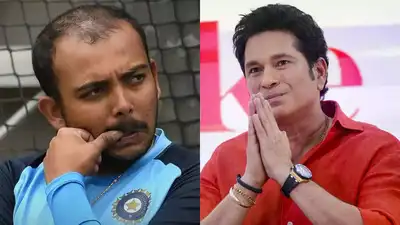 Prithvi Shaw Credits Sachin Tendulkar's Guidance for Career Revival After Setbacks
Prithvi Shaw Credits Sachin Tendulkar's Guidance for Career Revival After Setbacks
 Ashada Gupt Navratri 2025: Unveiling Dates, Timings, Significance & Secret Rituals
Ashada Gupt Navratri 2025: Unveiling Dates, Timings, Significance & Secret Rituals